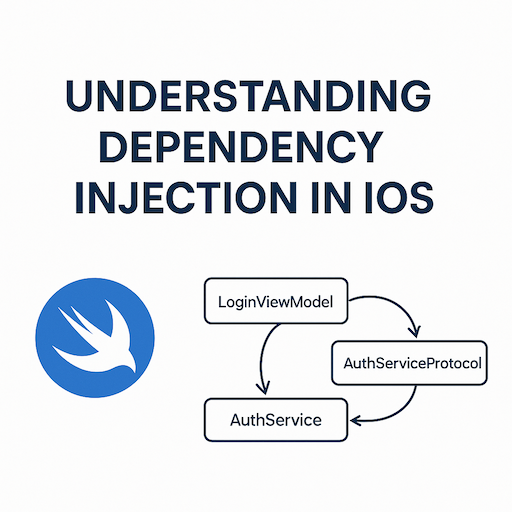Understanding Dependency Injection in iOS
Learn how Dependency Injection improves modularity, testability, and scalability in your iOS projects.

What is Dependency Injection?
Dependency Injection (DI) is a design pattern that enables better separation of concerns in software development. Rather than hardcoding dependencies within components, DI allows those dependencies to be injected from the outside — making the codebase more modular and easier to test.
Benefits of Dependency Injection in iOS
- Improved testability through protocol-based mocking
- Decoupling business logic from implementation details
- Easier swapping of dependencies (e.g., APIService vs. MockService)
- Cleaner and more maintainable code structure
Common Injection Types
- Constructor Injection: Dependencies passed via initializer
- Property Injection: Dependencies assigned after initialization
- Method Injection: Dependencies provided via method parameters
Why It Fits Clean Architecture
In Clean Architecture, DI plays a critical role by maintaining boundaries between layers such as Presentation, Domain, and Data. It ensures that higher-level modules aren’t dependent on lower-level implementations, but instead rely on abstractions.
Getting Started with DI
Start by creating protocols for services and injecting them into your view models, use cases, or repositories. Gradually introduce a simple DI container or factory to manage instantiation.
Conclusion
Dependency Injection helps create cleaner, more scalable code. Whether you're writing unit tests or modularizing your app, DI is an essential tool in every iOS developer’s toolkit.
Related Posts
- Clean Architecture in iOS
A beginner-friendly introduction to layering, UseCases, and separation of concerns.
- Testing Strategies in Clean Architecture
Best practices for writing unit tests in layered architectures.